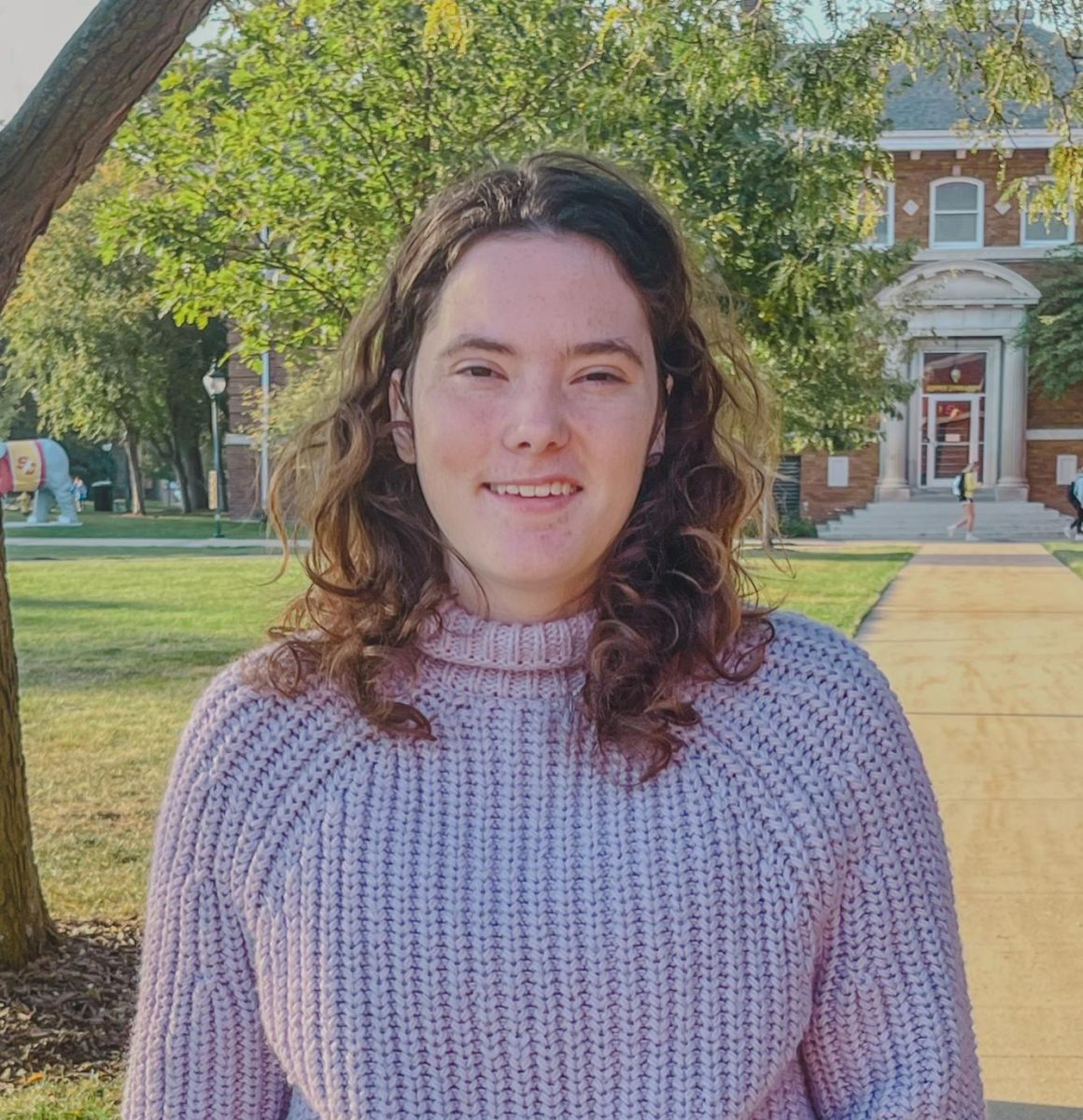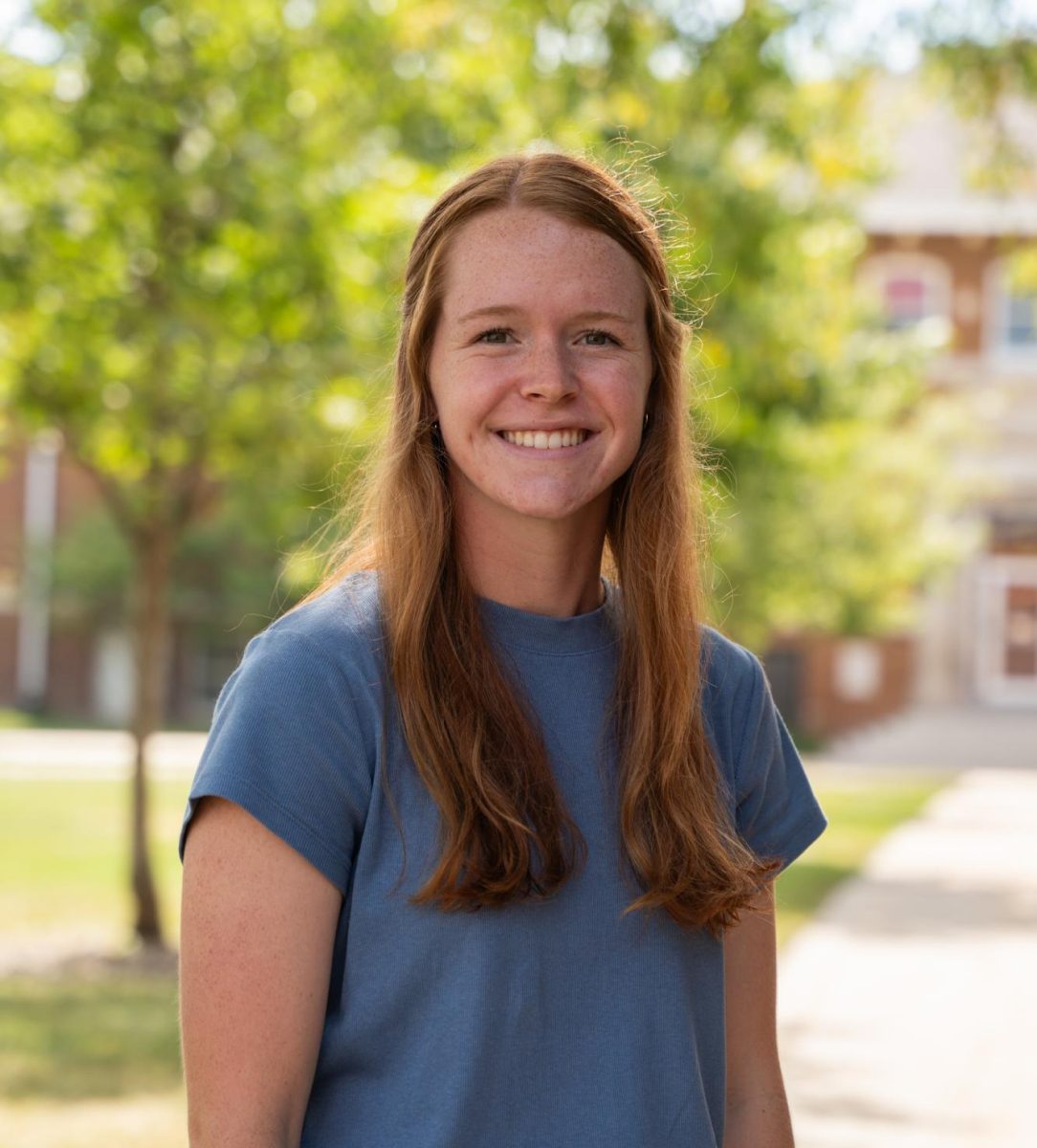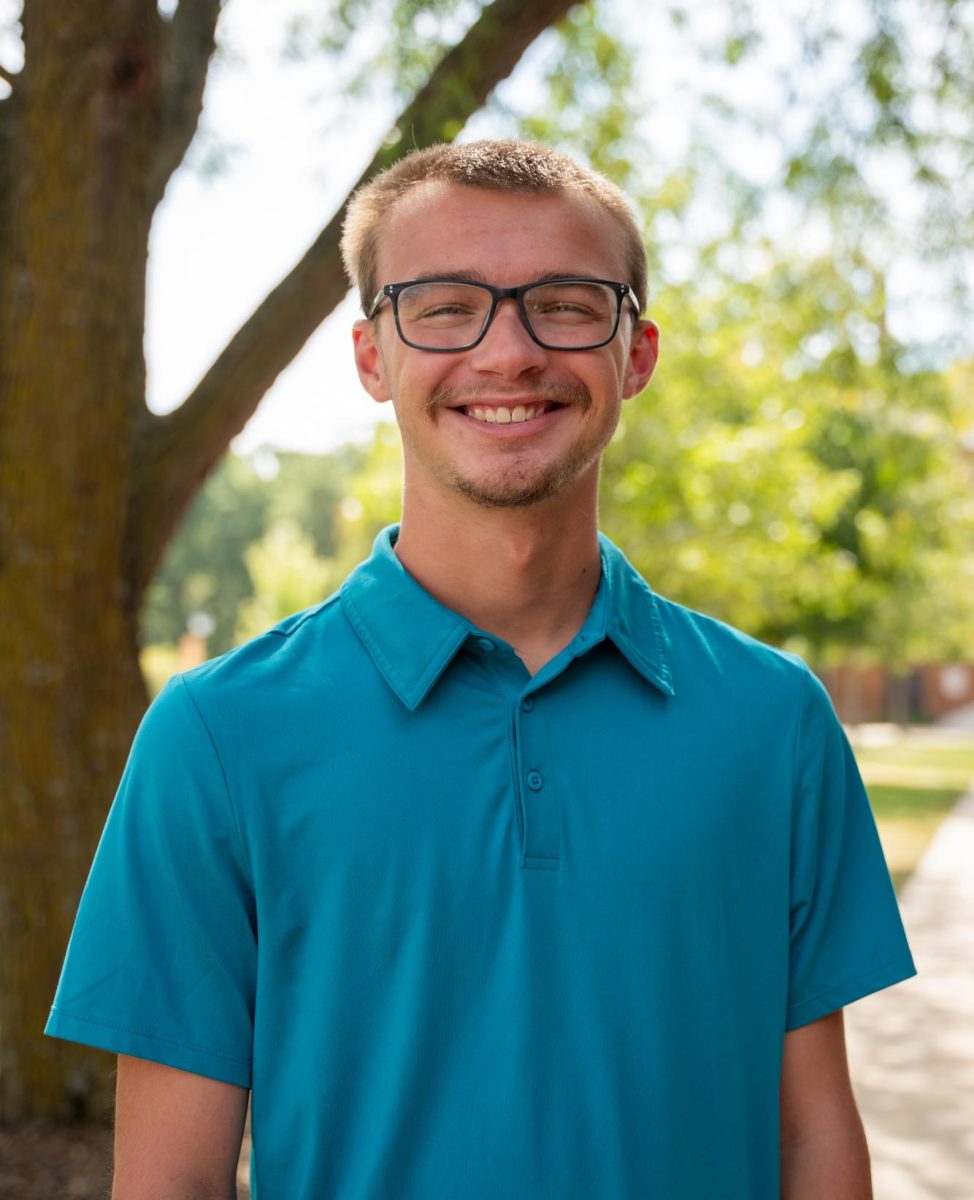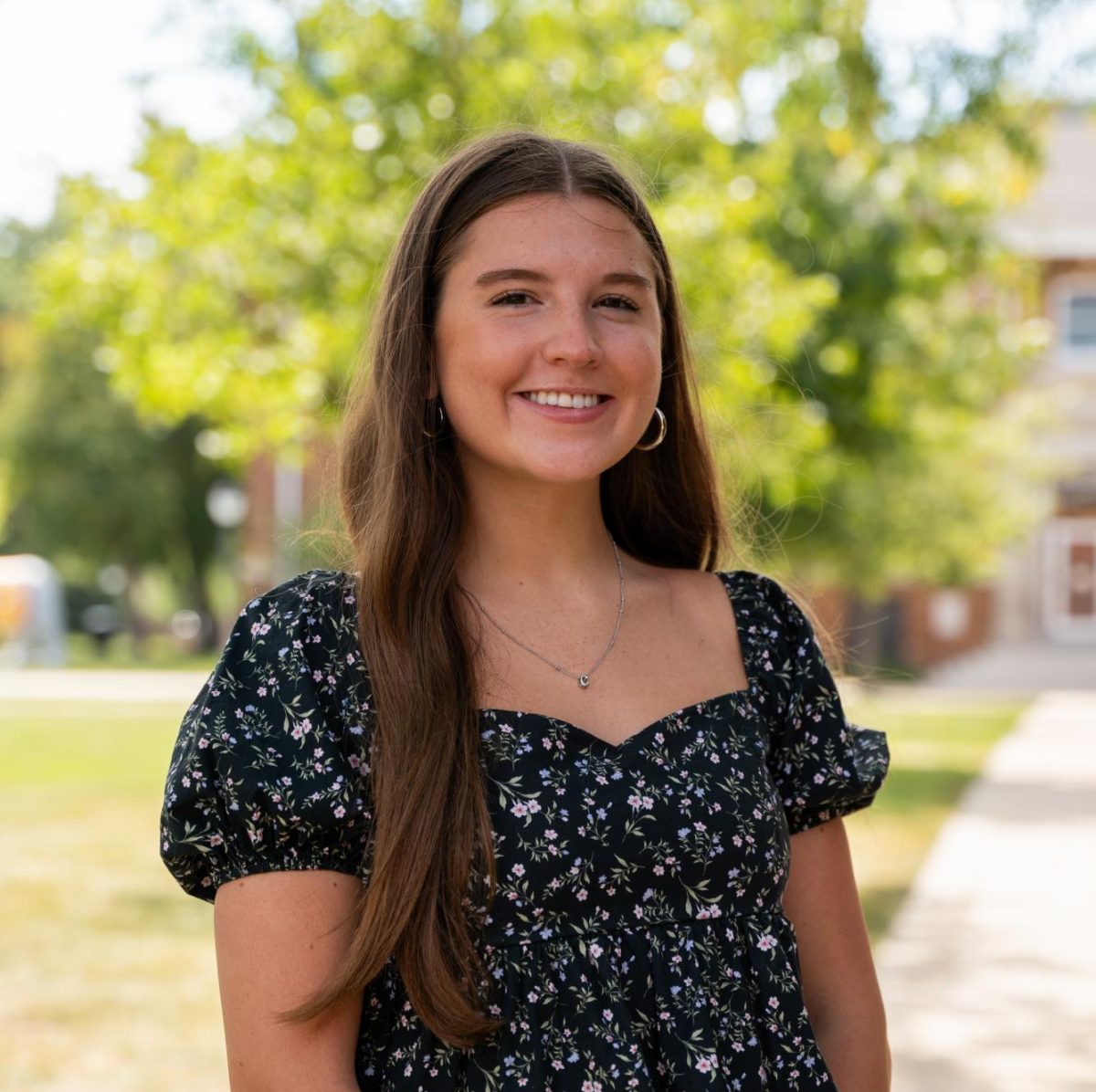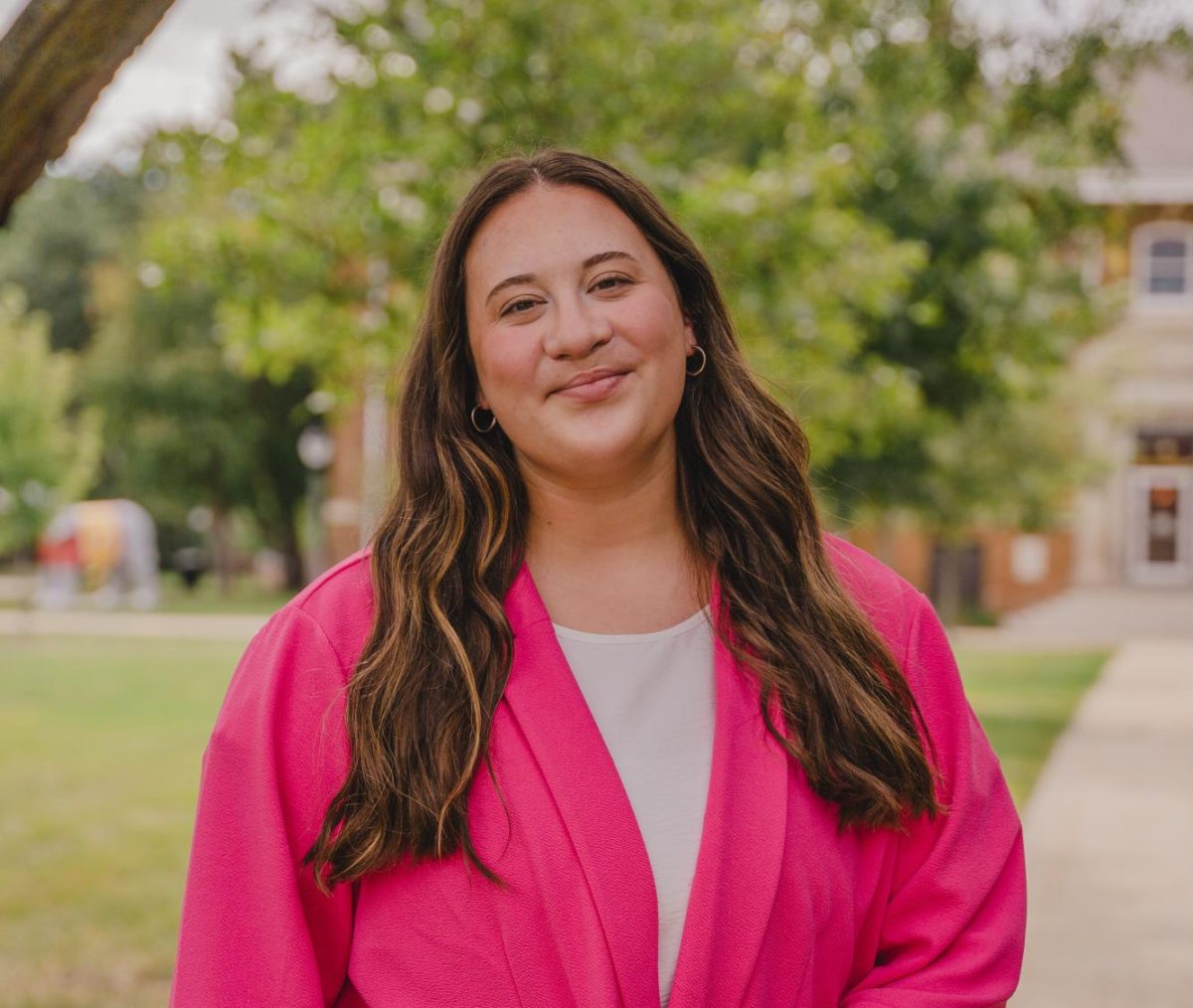The third season of Heartstopper thoughtfully explores darker topics like eating disorders and depression while maintaining the wholesome and optimistic tone associated with the show.
This Netflix series, based on the webcomic by the show’s director, Alice Oseman, tells the love story of two British teen boys, Nick and Charlie. It follows Nick’s discovery of his bisexuality and his process of coming out, as well as Charlie’s difficulties of being an openly gay teen in high school.
In this new season, Nick and Charlie move forward in their relationship now that they are officially out, Charlie tells Nick he loves him and Nick finally voices his concerns about Charlie’s mental health. This conversation is the catalyst to Charlie going to an in-patient facility and working toward recovery.
First, I’d like to applaud the show for how tastefully it addresses mental illness. Oftentimes, shows either romanticize having a mental illness or frame individuals who are struggling as “crazy.” Heartstopper highlighted how difficult Charlie’s experiences were, while also recognizing how strong of an individual he is. It has various clips of him in therapy during his recovery that show the unfortunate realities of relapsing and having to overcome low self-esteem.
The scenes before he entered treatment are well done, too. Joe Locke, who plays Charlie, does an excellent job expressing the fear and anxiety a person with an eating disorder feels when they are trying to eat. The editors added black swirls on top of the food, almost like storm clouds, which further exemplified his struggle.
The show also demonstrates how hard it is to admit you have a problem and subsequently ask for help. Nick continually tells Charlie he’s worried about him and thinks he should see someone. However, Charlie insists he’s fine and ignores the situation.
This denial leads to one of the best scenes in the show where Nick is talking to his aunt about how scared he is that Charlie’s going to die if he doesn’t get help. The devastation and fear are evident on his face as he breaks down, unable to even say the words that Charlie might die.
Another stand-out moment was when Nick and Charlie said “I love you” for the first time. The emotion in both of the actors’ faces is so intense and expressive and perfectly encapsulates the loving and slightly awkward dynamic the couple has. Locke and Kit Connor, who plays Nick, have incredible chemistry. It seems like they are genuine friends, not just coworkers who are forced to be in scenes together.
Honestly, Locke and Connor’s acting is one of the main reasons the show is so successful. They are phenomenal, even though this show was Locke’s first professional acting gig and one of Connor’s biggest roles yet. They both have strong emotional ranges that make all scenes engaging, even the casual ones.
Other than Nick and Charlie, several other characters shine this season. Tao and Elle’s relationship developed further, which was exciting to see. Tori meets a potential romantic partner, Michael, and works towards coming to terms with her asexuality. Darcy discovers they are non-binary and communicates that to their girlfriend, Tara.
Jonathan Bailey was even in the show as a teacher that both Charlie and Nick think is hot. To be fair, this is how most people felt watching him in Bridgerton. We got to know more about virtually every character this season, which broadened the story from just being about Nick and Charlie.
Even though the costumes are mostly everyday clothes, the costume department made intentional choices that added to the show. At the beginning of the season, Charlie was almost exclusively wearing long sleeves and loose-fitting clothes. In the final episode, Charlie’s wearing a bright pink short-sleeve shirt, demonstrating how far he’s come in his recovery. My heart melted when I saw him wearing it.
My only problem with this season was the pacing. It’s just eight episodes, and Oseman covered volumes four and five from the webcomic as well as the accompanying novella, “This Winter.” This was a lot of content to fit into such a short time span, so it felt like the audience didn’t get enough time with each storyline. One minute we see Charlie and Nick happily in love, then Charlie is in the hospital, and then Charlie’s home and they’re madly in love again. I wanted a few more episodes in the season to get the opportunity to expand on these storylines more. However, it’s pretty clear I absolutely adored the show, my only problem is that it was not long enough.
I highly recommend watching Heartstopper if you like LGBTQ+, light-hearted romances but still want some emotionally devastating storylines. The show is altogether one of the best-produced and written series I’ve seen in a long time and perfectly encapsulates the experience of being a gay teen.
Heartstopper: My heart didn’t stop, but it did break
by Maggie Fitzpatrick, KSTM Station Manager
November 13, 2024
22
More to Discover
About the Contributors
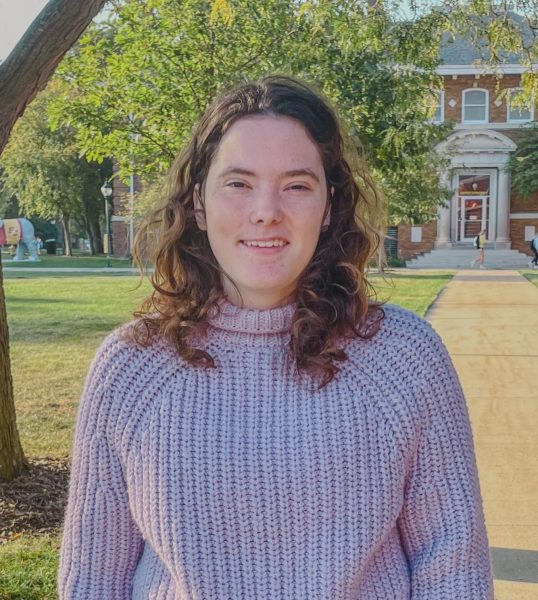
Maggie Fitzpatrick, KSTM Station Manager
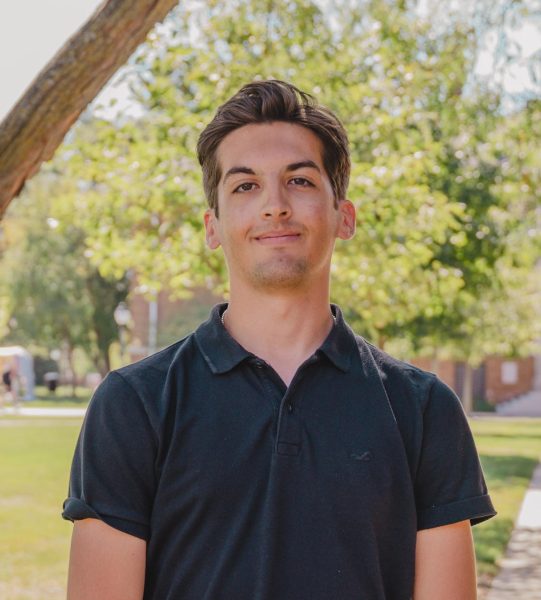
Frank Novak, Photo Editor



